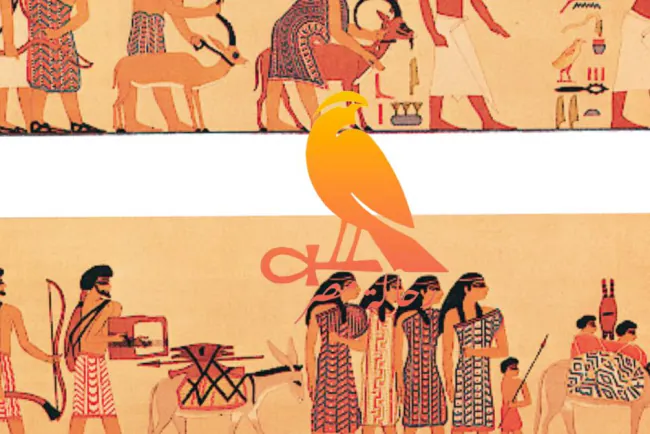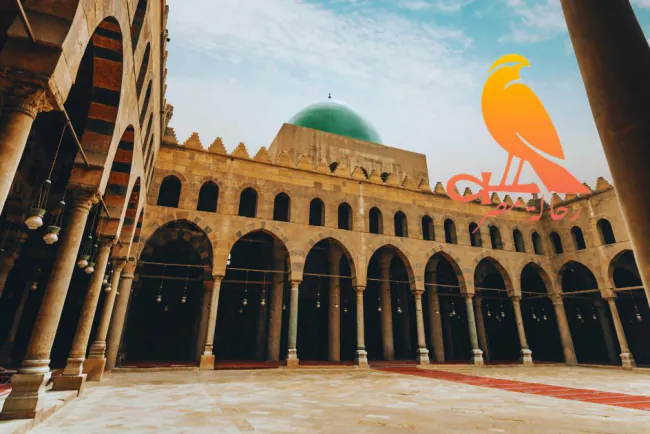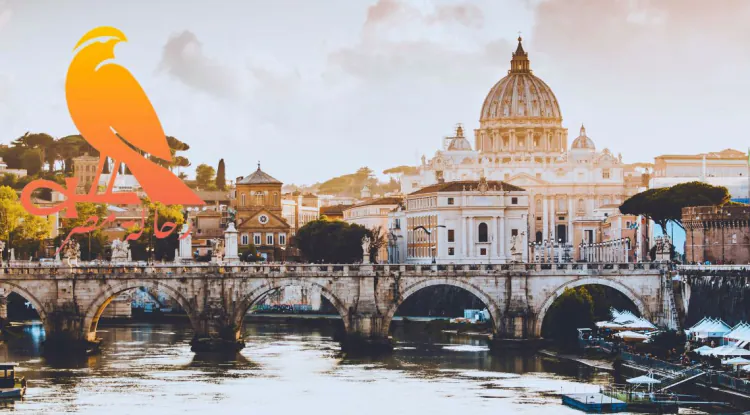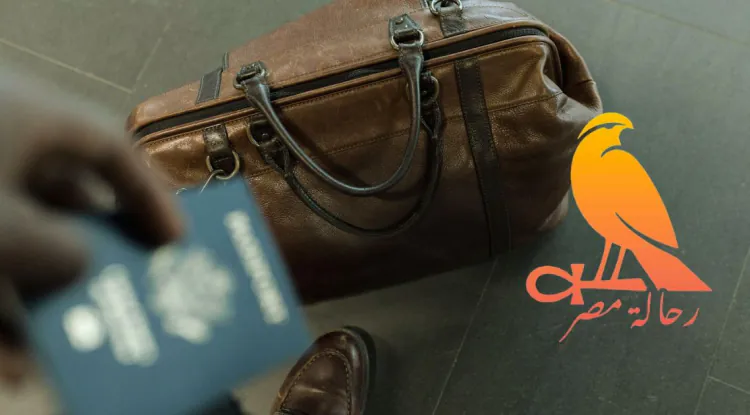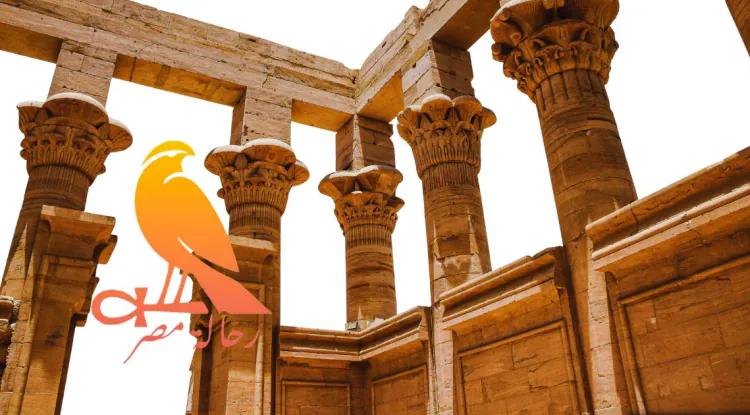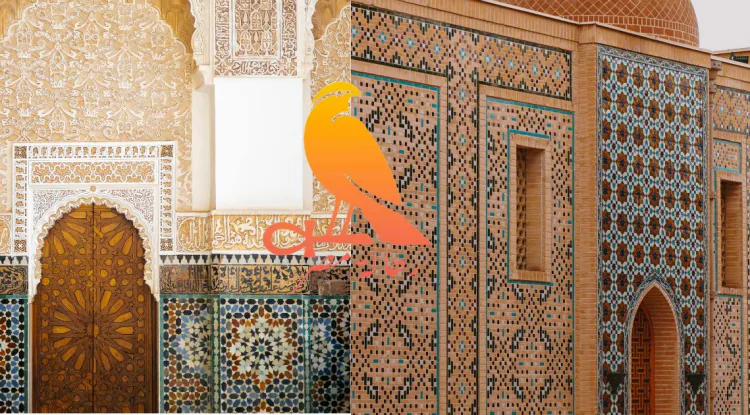Al-darb al'asfar street at cairo
The Al-Darb al-Ahmar street in the heart of Fatimid Cairo is like an open-air museum, accessible to visitors day and night. The street stretches from the Al-Muski district to the famous Al-Gamaleya neighborhood, intersecting with the Al-Mu'ezz Street, and features a vast collection of remarkable historical landmarks on both sides, which have remained standing despite the passage of centuries.
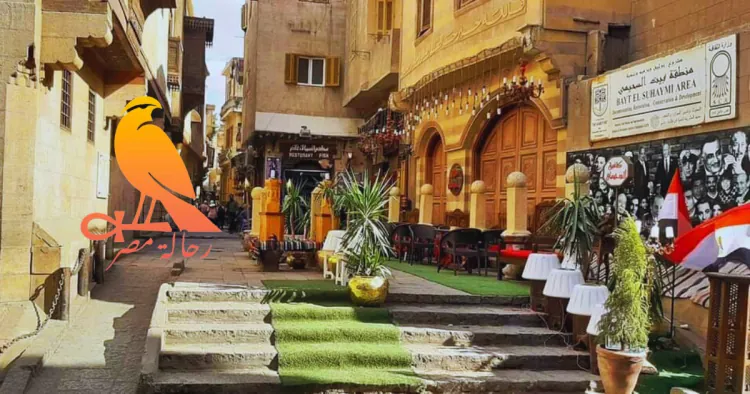
Al-Darb Al-Asfar street:
Al-darb al'asfar is located in the northern section of Al-Mu'ezz Street, specifically on the left side of the street. It contains a collection of important Islamic monuments. Al-Darb Al-Asfar is an ancient lane, mentioned by Al-Maqrizi by that name, who stated that the Fatimid caliphs used it as a place for slaughtering sacrificial animals during Eid al-Adha, with the caliph himself performing the ritual along with high-ranking officials. This lane was not connected to Al-Mu'ezz Street until 1920. At its beginning, facing Al-Mu'ezz Street, is the house of Mustafa Jaafar Al-Selahdar, built in 1125 AH (1713 AD), belonging to a prominent coffee merchant. Within the Al-Darb Al-Asfar neighborhood are the historic Al-Suhaymi House and the Qaitas Waqf (charitable foundation) fountain.
The Al-Darb Al-Asfar street features a remarkable collection of Islamic monuments, dating back to the Ottoman era and the reign of the Muhammad Ali dynasty in modern Egyptian history. When entering the street from Al-Mu'ezz Street, one first encounters the house and waqf of Mustafa Jaafar Al-Selahdar, followed by the Al-Harzati House, then the Al-Suhaymi House, and finally the Qaitas Waqf fountain. It is worth noting that both the Al-Suhaymi House and the Qaitas Waqf fountain date back to the Ottoman period, while the Al-Harzati House and the house of Mustafa Jaafar belong to the era of the Muhammad Ali dynasty.
However, the most famous of these monuments is undoubtedly the Al-Suhaymi House, which dates back to the Ottoman period and is practically the only site in the street that attracts tourists, due to its exquisite beauty and innovative architectural design. The street was named Al-Darb Al-Asfar (The Yellow Lane) because all the houses in that area were painted yellow. Over time, the area came to be known as Al-Darb Al-Asfar, a name that remains in use to this day.
The Layout of street :
The layout of Al-Darb Al-Asfar Street dates back to the Fatimid era, when Jawhar al-Sikilli established the new Fatimid capital of Cairo. He planned the streets of Cairo, with the main street being the street named after the Fatimid caliph, Al-Mu'izz li-Din Allah. During the Fatimid period, this area was known as "Al-Manhar," the place where the caliph would sacrifice animals. This area, now known as Al-Darb Al-Asfar, opposite the Badr al-Din al-Jarmati Madrasa, was an open space during the Fatimid era, devoid of the buildings that now occupy it.
What's Your Reaction?








